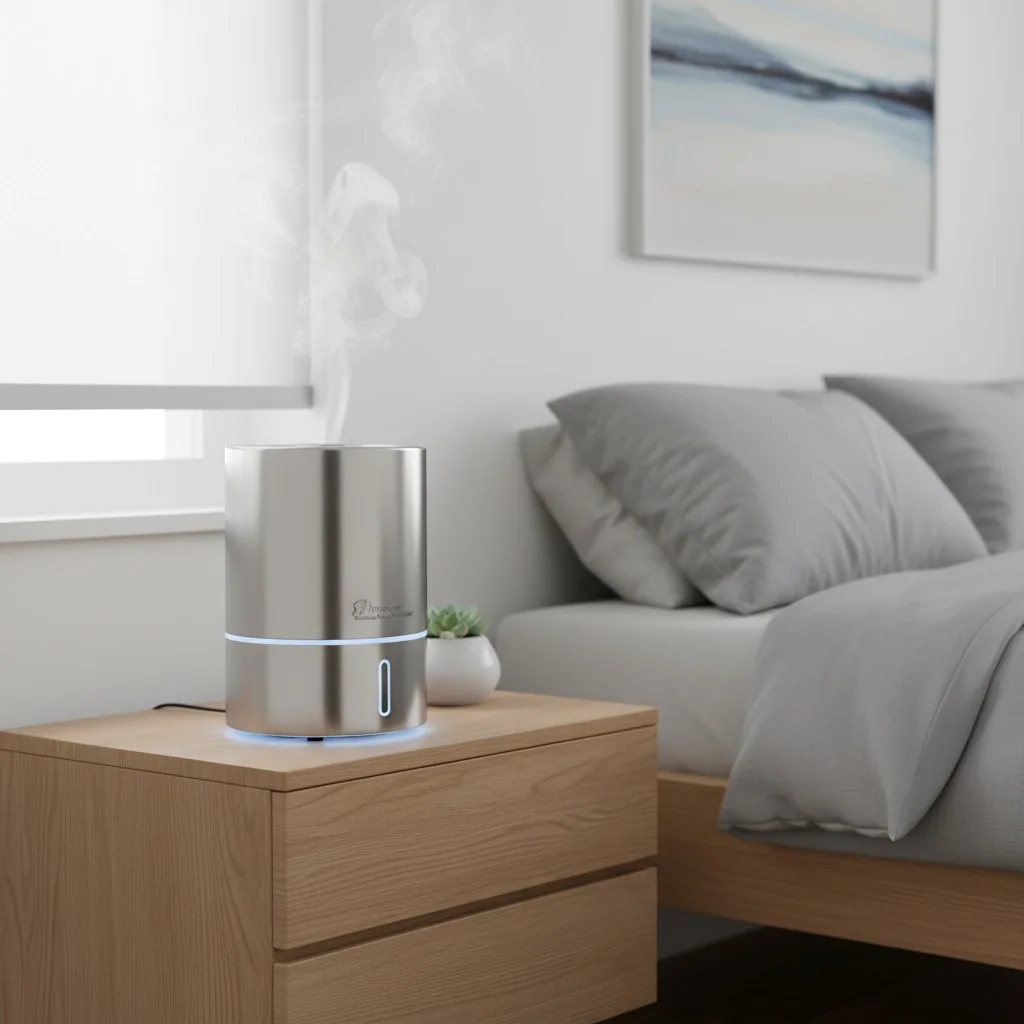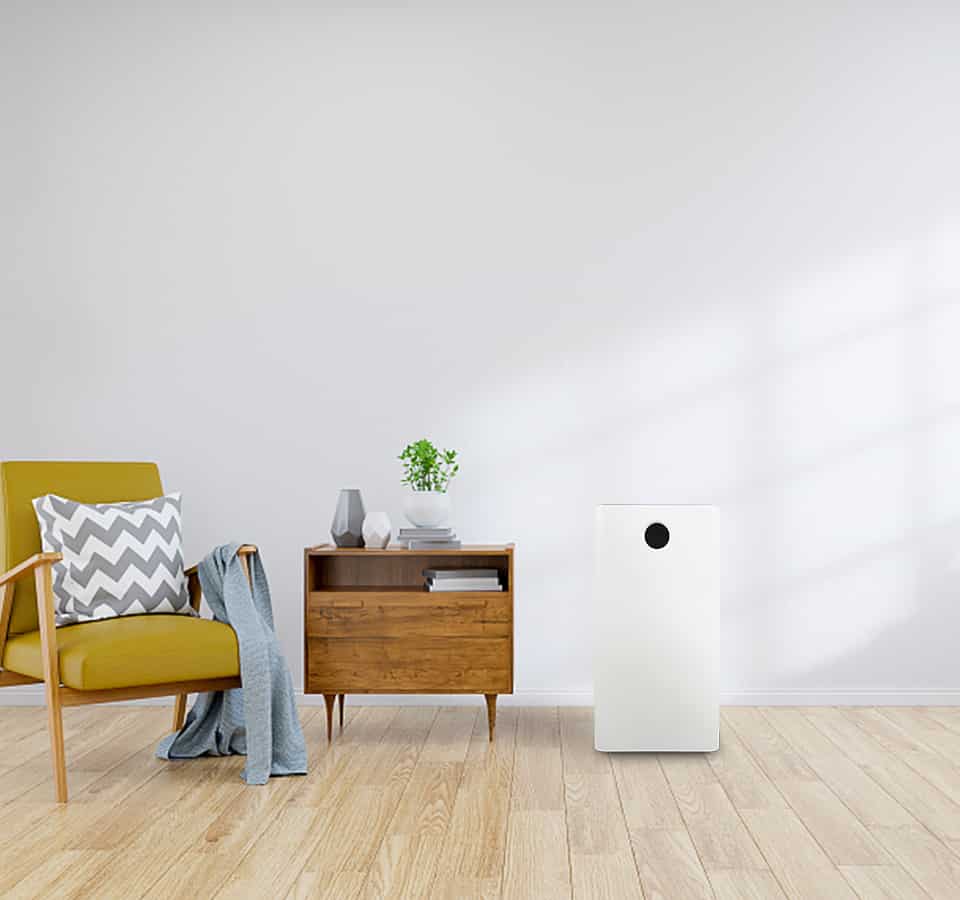알레르기 두통은 성가시고 지속적입니다. 그렇기 때문에 알레르기 두통을 없애기 위해서는 장기적인 완화가 필수적입니다. 알레르기 두통을 없애기 위한 모든 가능한 치료법을 읽어보고 알아보세요.
알레르기가 있는 이유

이미지 출처: Unsplash
오늘날 수백만 명의 사람들이 알레르기를 앓고 있습니다. 엄밀히 말하면 특정 물질이나 물질이 알레르겐인지 아닌지를 결정하는 것은 우리 몸입니다. 예를 들어, 여러분은 꽃가루에 알레르기가 있지만 다른 사람들은 그렇지 않을 수 있습니다.
따라서 이러한 알레르기를 유발하는 물질과 미립자는 공기 중에 항상 존재한다고 해도 과언이 아닙니다. 이러한 이물질을 견딜 수 있는지 여부는 신체에 달려 있습니다.
현재 우리가 겪고 있는 대기 오염 문제를 고려할 때, 우리는 이들의 존재가 이미 정상이라고 가정할 수 있습니다. 솔직히 공기에서 완전히 제거하는 것은 불가능합니다. 불행히도 일부 사람들은 반응성 면역 체계를 가지고 있습니다. 따라서 공기 중에 이러한 알레르겐이 존재하는 것은 그다지 환영받지 못합니다.
알레르기는 얼마나 오래 지속되나요?
알레르기성 두통은 가장 짜증나는 두통으로 꼽힙니다. 결국, 통증을 다루는 것은 우리의 차 한 잔이 아닙니다. 문제를 해결하지 않으면 두통이 지속됩니다.
다행히도 이러한 알레르기와 그에 수반되는 증상은 언제든지 예방할 수 있습니다. 다음과 같은 알레르기 두통에 대한 여러 가지 치료법이 있습니다. 의료용 공기청정기 사용.
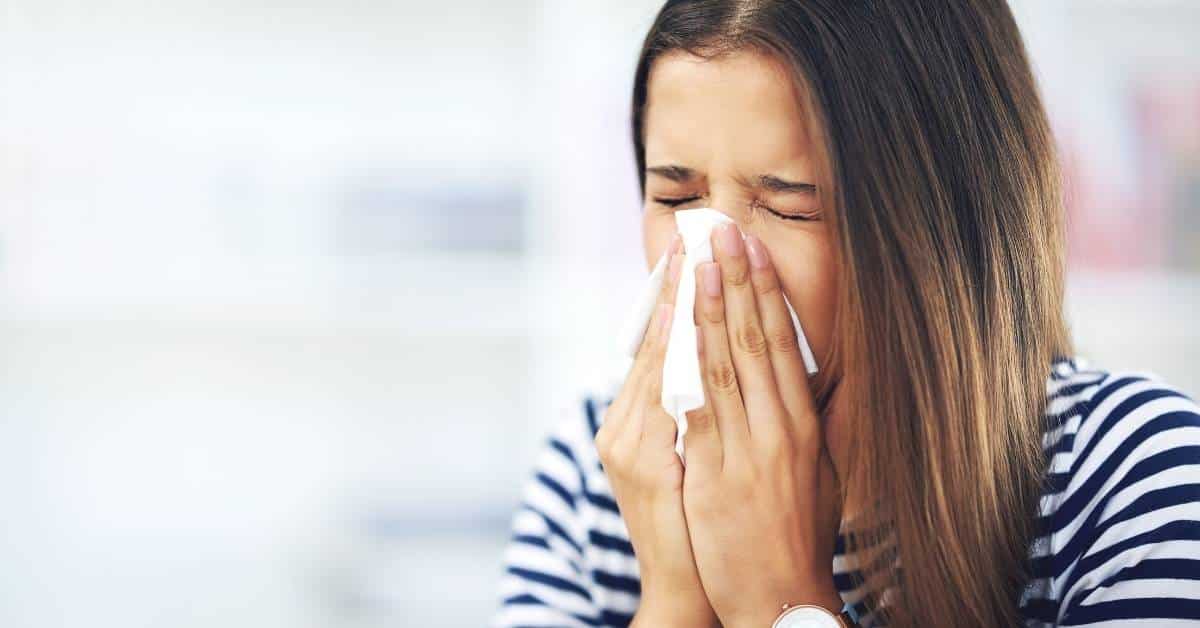
이미지 소스: Canva
알레르기 두통의 일반적인 유발 요인
알레르겐은 다음을 유발할 수 있는 분자입니다. 면역 체계 활성화 를 사용하여 위협을 공격하는 것처럼 반응합니다. 하지만 이러한 반응은 좋지 않을 수 있습니다. 결국, 다음과 같은 알레르겐 중 일부는 무해합니다.
- 특정 음식
- 향기
하지만 다음과 같은 일부 알레르기 유발 물질은 매우 해롭습니다:
- 독
- 집먼지 진드기
- 곰팡이
신체가 이러한 물질에 반응하면 알레르기가 발생합니다. 신체가 이러한 외부 자극을 견딜 수 있다면 괜찮습니다. 그러나 반응하는 경우 알레르기 반응은 다음과 같이 다양할 수 있습니다:
- 습진
- 천식
- 건초열.
- 아나필락시스
알레르기 두통 증상
부비동압과 건초열은 두통을 유발할 수 있다는 점을 명심하세요. 그러나 동시에 일반적인 알레르기 증상이 아니라고 말할 수 있습니다. 특히 알레르기 두통과 관련된 두통에는 편두통과 부비동 두통이라는 두 가지 두통이 있습니다.
알레르기 두통은 이러한 알레르기의 증상입니다. 예를 들어 부비동 두통 는 부비동이 부풀어 압력이 높아질 때 발생합니다. 또한 편두통은 유전적 또는 환경적 요인으로 인해 발생할 수 있다는 점도 고려해야 합니다.
부비동압성 두통 완화 방법
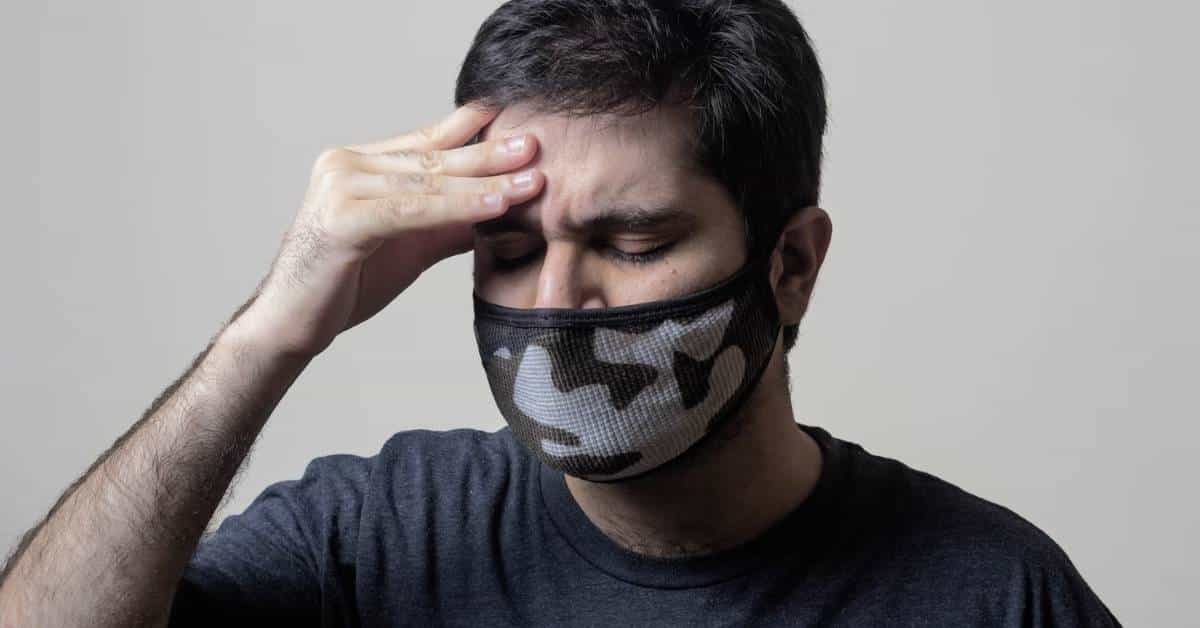
이미지 출처: Unsplash
알레르기성 두통이 심각한 합병증으로 이어질 수 있다는 의학적 증거는 없습니다.
알레르기를 해결하지 않으면 후속 문제가 발생할 수 있습니다. 이러한 증상의 대부분은 코 알레르기와 관련이 있습니다. 만성 부비동염도 이러한 증상 중 하나입니다. 만성 부비동염은 장기간 코 막힘이 지속되어 부비동이 막힐 때 발생합니다.
만성 부비동염은 두통을 유발할 수 있습니다. 치료 후에도 두통이 지속되면 전문의를 방문해야 합니다. 알레르기의 성격을 진단하기 위해서는 검사가 필요합니다. 또한 의사는 부비동을 검사하고 더 강력한 치료가 필요한지 여부를 확인해야 합니다.
일반적으로 알레르기 관련 두통은 치명적이지 않습니다. 하지만 일상 생활에 지장을 줄 수 있기 때문에 치료가 필요합니다.
알레르기 유발 물질을 제거한 후 알레르기 두통이 가라앉는 데 얼마나 걸리나요?
공간에서 알레르기 유발 물질을 완전히 제거했다면 며칠 후 증상이 가라앉을 가능성이 높습니다. 물론 알레르기가 사라지는 데 걸리는 시간은 여러 요인에 따라 달라질 수 있습니다.
예를 들어, 약물을 복용하면 회복 속도가 빨라질 수 있습니다. 충분한 휴식을 취하는 것도 알레르기 증상을 완화하는 데 도움이 됩니다. 다시 한 번 강조하지만, 알레르기 유발 물질에 노출되지 않는 것만으로도 기분이 나아질 수 있습니다.
알레르기를 피하려면 어떻게 해야 하나요?
알레르기 두통 및 기타 알레르기 증상으로 고생하고 있다면 공기청정기 구입을 고려해 보세요. 이러한 공기청정기는 특정 공간의 공기를 오염시키는 입자를 포집하도록 설계되었습니다.
기술적으로 이러한 입자의 일부 또는 대부분은 알레르기 및 기타 호흡기 합병증을 유발할 수 있습니다. 이러한 입자를 그대로 방치하면 반복적인 공격으로 고통받을 가능성이 있습니다.
진공청소기와 같은 일반적인 청소 방법으로는 효과가 제한적입니다. 결국 많은 알레르겐은 공기 중에 떠다니기 때문입니다. 따라서 이러한 미립자 물질을 흡입하지 않도록 포집할 수 있는 장치가 필요합니다.
알레르기 두통 치료: 효과적인 방법
#1 알레르기 두통을 없애는 방법: 의사와 상담하기
종합적인 치료를 위해서는 의사의 개입이 필요합니다. 주치의가 증상을 진단하고 그에 맞는 치료법을 제공할 것입니다. 이미 집에 공기청정기가 있는 경우에도 증상이 악화되면 의사와 상담하는 것이 중요합니다.
두통과 함께 소음이나 빛에 대한 민감성 등의 증상이 동반되는 경우에도 마찬가지입니다. 이러한 증상은 정상이 아니므로 근본적인 원인을 파악하기 위해 의사의 진료를 받아야 합니다.
#2 알레르기성 두통을 없애는 방법: 일반의약품 진통제 사용
알레르기성 두통이 있는 경우 이부프로펜이나 아스피린과 같은 진통제를 복용하여 통증을 완화할 수 있습니다. 이러한 진통제는 통증을 완화할 수 있을 것입니다.
진통제는 적당히 사용해야 한다는 점을 명심하세요. 사실 진통제를 복용하기 전에 의사와 먼저 상담하는 것이 더 좋습니다. 정확한 복용량과 사용 빈도를 알아야 합니다.
또한 진통제는 알레르기와 그에 따른 증상에 대한 장기적인 해결책이 아닙니다. 진통제는 단지 두통으로 인한 통증을 없애기 위한 것입니다.
#3 알레르기 두통을 없애는 방법: 물 치료
두통을 없애는 데 물로 할 수 있는 몇 가지 방법이 있습니다. 다음과 같은 홈 케어 전략을 시도해 보세요:
- 따뜻하고 촉촉한 수건을 가져다가 얼굴에 바릅니다.
- 수분을 많이 섭취하여 코막힘을 유발하는 점액을 줄이면 두통이 완화될 수 있습니다.
- 물을 끓여 그릇에 담습니다. 수증기가 퍼지는 것을 최소화하기 위해 수건으로 머리를 감싸면서 수증기를 흡입합니다.
#4 알레르기 두통을 없애는 방법: 집 안의 알레르기 유발 물질 제거하기
물론 알레르기 관련 두통에 대한 최선의 해결책은 알레르겐에 노출되지 않도록 예방하는 것입니다. 알레르기가 있는 한 두통과 같은 증상에 계속 취약할 수 있습니다.
예를 들어 꽃가루 알레르기가 있는 경우 창문과 문을 닫아야 합니다. 먼지, 애완동물의 비듬 및 기타 공기 중 오염 물질에 알레르기가 있는 경우 수시로 청소를 해야 할 수도 있습니다. 알레르기의 원인을 제거할 수 있다면 더 좋겠죠. 두통 발작에 대한 걱정 없이 더 나은 호흡을 할 수 있을 것입니다.
#5 알레르기 두통 없애는 방법: 공기청정기를 추가하여 알레르기 두통 없애기
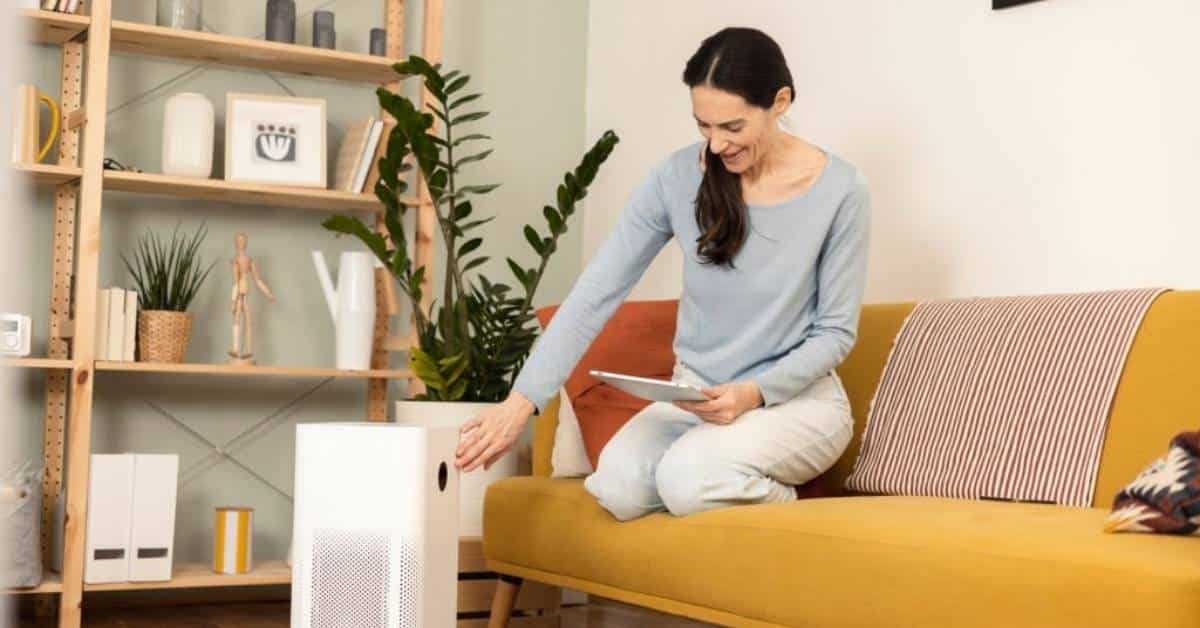
이미지 출처: iStockphoto
공기 중 오염 물질로 인해 알레르기 두통을 겪고 있다면 생활 공간에 공기청정기를 도입해야 할 때입니다. 공기청정기 제조업체 다양한 공기 중 오염 물질을 포집하도록 청소기를 설계합니다.
하지만 모든 공기청정기가 같은 것은 아닙니다. 하지만 최고의 공기청정기는 대부분의 공기 중 알레르겐을 포집할 수 있습니다. 동시에 일부 박테리아, 바이러스 및 병원균도 처리할 수 있습니다. 이러한 공기청정기는 고품질 필터를 사용하여 알레르기를 유발하는 요소로부터 실내 공기를 깨끗하게 유지할 수 있습니다.
공기청정기에 대해 자세히 알아보고 알레르기 두통을 없애는 데 어떻게 도움이 되는지 알아보세요.
집에 알레르기를 방지하는 방법은?
집의 거의 모든 부분에 알레르기 유발 물질이 침입하기 쉽습니다. 이는 거의 사실입니다. 특히 이러한 유해한 이물질을 흡입할 수 있는 공간은 다음과 같습니다.
침대에 있는 집먼지 진드기 증상
침실도 알레르겐으로부터 안전하지 않습니다. 예를 들어 집먼지 진드기는 매트리스와 침구에서 번식할 수 있습니다. 따라서 수면 시설을 정기적으로 청소하는 것이 중요합니다. 또한 침실의 가구, 창문, 바닥재도 점검해야 합니다. 시간이 지남에 따라 먼지와 곰팡이 포자가 쌓일 수 있습니다.
거실
거실에 사람이 가장 많이 모입니다. 결국 사람들이 거실에 와서 머무르기 때문이죠. 좋든 싫든, 사람은 외부에서 다양한 입자와 물질을 가져오는 경향이 있습니다. 문을 열 때마다 미세먼지, 화학물질, 연소 물질이 거실 내부로 들어오게 됩니다. 또한 반려동물이 알레르기를 유발할 수 있는 비듬과 털을 흘린다는 사실도 잊지 마세요.
주방
주방은 모든 요리와 음식 준비가 이루어지는 장소 중 하나입니다. 하지만 동시에 다양한 종류의 알레르기 유발 물질이 있을 수 있습니다. 음식 조리 시 발생하는 연기는 천식과 알레르기 두통을 유발할 수 있습니다. 한편 냉장고, 싱크대, 카운터에는 곰팡이가 생기기 쉽습니다. 공기청정기 외에도 주방을 정기적으로 청소해야 합니다.
알레르겐 정화가 중요한 이유는 무엇인가요?
알레르기는 그다지 유쾌하지 않습니다. 지속적인 재채기, 쌕쌕거림, 기침과 같은 성가신 증상을 유발합니다.
물론 알레르기도 두통을 유발할 수 있습니다. 통증의 정도는 다를 수 있지만 어느 정도 견디기 힘들 수 있다는 것은 부인할 수 없는 사실입니다. 문제를 해결하지 않으면 상황이 더 악화될 수 있습니다. 이러한 증상을 겪고 싶지 않다면 알레르기의 근본 원인을 제거하는 것이 가장 좋은 방법입니다.
대부분의 알레르기는 공기 중 알레르겐에 의해 발생합니다.
안타깝게도 일반적인 방법으로는 청소할 수 없습니다. 공기청정기와 같은 특수 기기만이 이러한 알레르기 유발 물질을 조절하고 방과 생활 공간에서 그 존재를 최소화할 수 있습니다.
가정에서 알레르기에 도움이 되는 것들
공기청정기가 공기질 개선에 중요한 이유는 무엇인가요?
실내 공기질은 오염되기 쉽습니다. 이것이 바로 여러분이 알아야 할 진실입니다. 차량 연소와 같은 외부 요인부터 가정용 제품 및 청소용 화학 물질과 같은 내부 요인까지, 많은 것들이 여러분이 숨 쉬는 공기를 오염시킬 수 있습니다.
물론 실내 공기 오염을 예방할 수 있는 방법은 여러 가지가 있습니다. 이러한 방법으로는 창문을 열고 정기적으로 청소하는 것이 있습니다.
하지만 공기청정기를 사용하는 것보다 더 효율적인 방법은 없습니다. 공기청정기의 역할은 매우 간단합니다: 공기 중의 다양한 오염 물질을 제거하는 것입니다. 이러한 장치에는 다양한 유형의 공기 중 오염 물질을 포집할 수 있는 필터가 있어 실내에 떠다니는 것을 방지합니다.
공기청정기는 집, 사무실, 건물 내부의 적절한 호흡 환경을 유지하는 데 도움이 되기 때문에 유익합니다. 특히 AHAM 인증 공기청정기 는 질병과 호흡기 질환의 전염 가능성도 예방합니다. 물론 우리가 가장 우려하는 알레르기 항원에 대해서도 효과가 있습니다.
알레르기 두통용 공기청정기는 안전한가요?
네. 물론이죠.
물론 여기서는 필터 기반 공기청정기에 대해 이야기하고 있습니다. 이러한 공기청정기는 공기 중 오염 물질을 포집하기 위해 물리적 필터 매체만 사용합니다. 건강이나 실내 공기질에 영향을 줄 수 있는 잔류물이나 배출물을 방출하지 않습니다.
이 점을 염두에 두고 오존 발생기를 주의해야 한다는 점을 강조해야 합니다. 오존 발생기는 공기 청정기로도 선전되고 있습니다. 하지만 오존 발생기는 필터를 사용하지 않습니다. 대신 오존 가스를 방출하여 공기 중 오염 물질을 "중화"합니다.
이 기술은 물 여과에는 사용되고 있지만, 공기 여과에는 효율성이 의심스러운 기술입니다. 동시에 오존은 폐를 자극하는 물질입니다. 이 가스에 노출되면 호흡기 합병증을 유발할 수 있습니다.
공기청정기는 알레르기 두통을 없애는 데 어떻게 작용하나요?
앞서 언급했듯이 알레르기는 면역 체계가 매우 민감하게 반응하는 이물질로 인해 발생합니다. 이러한 알레르겐은 먼지, 꽃가루, 연기 등 다양한 형태로 존재합니다.
공기청정기는 공기에서 이러한 알레르기 유발 물질을 제거합니다. 알레르겐을 파괴하거나 죽이지 않고 필터에 가두기만 합니다. 이렇게 하면 신선하고 깨끗한 공기를 마실 수 있습니다.
근본적으로 공기청정기는 알레르기 두통의 치료제가 아닙니다. 대신 알레르기의 원인을 제거하여 더 이상 알레르기 증상을 느끼지 않도록 도와줍니다. 이러한 공기청정기가 있다면 내 공간에서 알레르기가 발생할까 걱정할 필요가 없습니다. 이는 절대 놓쳐서는 안 될 안도감입니다.
공기청정기로 알레르기 두통 없애기: 단계별 해결 방법
다음 단계는 공기청정기가 알레르기 유발 물질을 제거하는 방법을 보여줍니다. 공기청정기는 간단하지만 효과적인 필터를 사용하여 알레르기를 유발할 수 있는 다양한 오염 물질을 포집할 수 있습니다.
- 공기청정기는 팬을 사용하여 내부의 공기를 흡입합니다.
- 공기 청정기 입구를 통해 공기가 유입되면 여러 층의 필터를 통과하게 됩니다.
- HEPA 필터는 다양한 미세 오염 물질을 포집하는 반면, 탄소 필터는 화학 물질, 물질 및 휘발성 유기 화합물을 흡착(흡수가 아닌)합니다.
- 공기가 필터를 통과한 후에는 다시 실내로 방출됩니다.
이 과정을 반복하여 공기 중 오염 물질이 공간에 남지 않도록 합니다. 이 과정을 반복해야 새로 유입된 입자도 포집할 수 있습니다.
알레르기 두통용 공기청정기 구매 시 고려해야 할 사항
공기청정기가 모두 같은 것은 아닙니다. 알레르기가 있는 경우 공기청정기를 선택할 때 다음 사항을 고려해야 합니다.
- HEPA 필터 - HEPA 필터는 공기청정기의 "기본 필터" 역할을 합니다. 이 필터는 0.3마이크론 크기의 오염 물질을 99.9% 포집하는 역할을 합니다. 이 크기에는 꽃가루, 곰팡이 포자, 병원균, 먼지 등 눈에 보이지 않는 알레르겐이 존재합니다. 따라서 공기청정기에 이 필터가 장착되어 있는지 확인하는 것이 중요합니다.
- 카본 필터 - 공기청정기에는 HEPA 필터 외에도 탄소 필터가 있어야 합니다. 특정 화학물질, 물질, 냄새에 알레르기가 있는 사람도 있기 때문입니다. 이 특정 필터는 이러한 가스 및 비고체 오염 물질을 제거하여 알레르기를 유발하지 않도록 도와줍니다.
- CADR - 그리고 청정 공기 전달 등급(CADR) 는 공기청정기의 전체 '파워'를 지정합니다. 구체적으로, 주어진 공간과 시간에 얼마나 많은 공기를 처리할 수 있는지를 나타냅니다. 기본적으로 CADR 수치가 높을수록 공기청정기가 더 강력하다는 뜻입니다. 집이 크거나 넓은 공간을 정화하려는 경우 CADR 등급이 높은 공기청정기가 필요합니다.
- 에너지 효율성 - 또한 전기 요금 부담 없이 작동하는 공기청정기를 원할 것입니다. 이렇게 하면 공기 중 알레르기 유발 물질로 가득 찬 공간에서 지속적으로 기기를 작동할 수 있어 필수적입니다.
알레르기 두통 제거를 위한 공기청정기
알레르기 증상부터 실내 공기 오염으로 인한 문제까지, 다음과 같은 공기청정기가 도움이 될 수 있습니다. 이러한 공기청정기는 알레르기를 유발하는 오염 물질을 효율적으로 제거하기 때문에 높은 평가를 받고 있습니다.
1. 2000평방피트용 공기 청정기
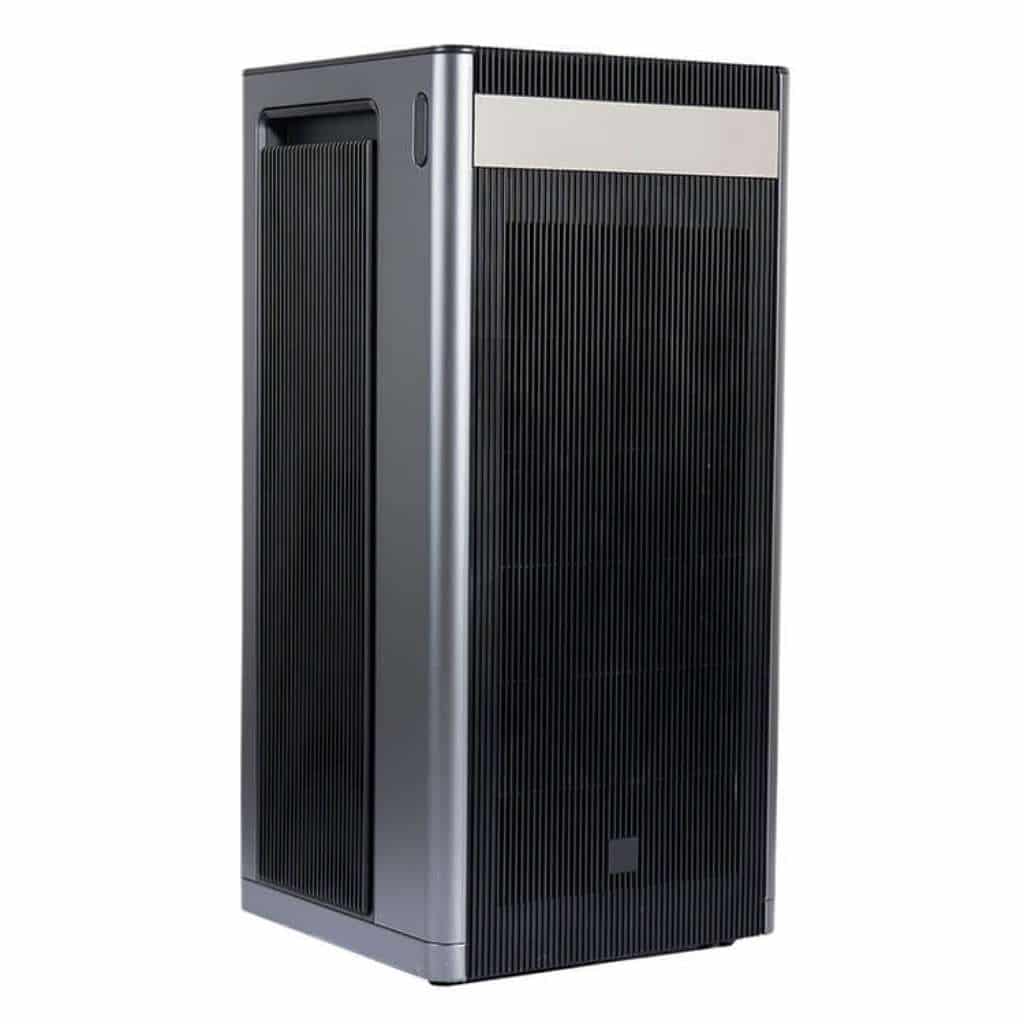
이미지 출처: HisoAir
히소에어 HA-1968 모델은 공기청정기를 위한 훌륭한 선택입니다. 1,900평방피트의 넓은 공간을 처리할 수 있도록 설계된 이 기기는 다양한 유형의 알레르겐을 제거할 수 있는 다양한 필터가 통합되어 있습니다. HEPA 필터만으로도 먼지나 꽃가루와 같은 일반적인 알레르겐과 계절성 알레르겐을 제거할 수 있습니다. 또한 박테리아 및 일부 유형의 병원균에 대응하는 UVC 라이트가 함께 제공됩니다.
이 공기청정기의 작동은 매우 간단합니다. 공기청정기를 처음 사용하는 분들도 쉽게 사용할 수 있도록 설계되었습니다. 또한 저소음 공기청정기로 침실이나 소음에 민감한 환경에 적합한 제품입니다. 또한 작동을 향상시키는 여러 센서가 포함되어 있습니다. 예를 들어 PM2.5 센서와 습도 센서는 실내 공기질의 변화를 알려줍니다.
| 장점 | 단점 |
|
|
2. HisoAir 모델 HA-138
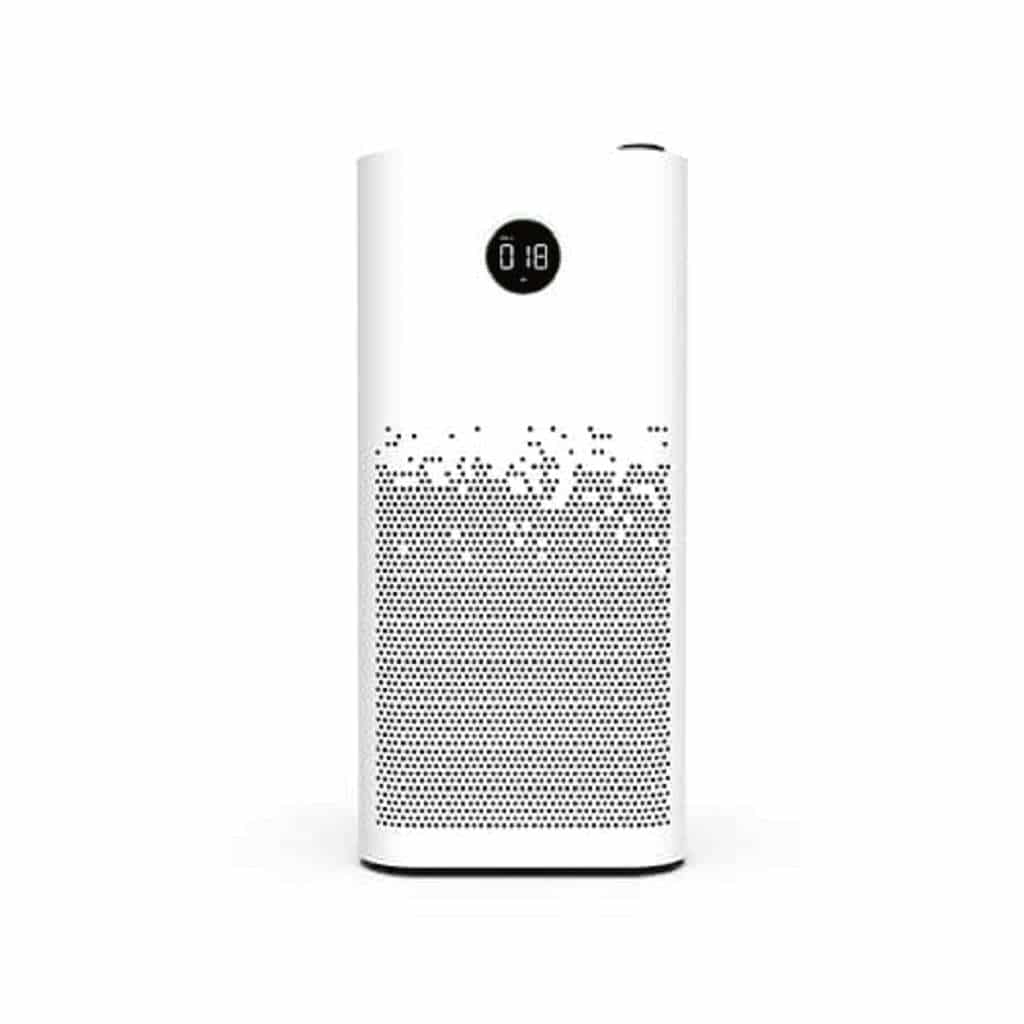
이미지 출처: HisoAir
넓은 공간에 적합한 또 다른 공기청정기는 히소에어 HA-138 모델입니다. 이 제품은 최대 900평방피트까지 정화할 수 있어 멀티룸에 사용할 수 있습니다. 이 공기청정기는 CADR 등급도 높아 가능한 한 효율적이고 빠르게 공기를 처리할 수 있습니다. 히소에어 공기청정기의 모든 고품질 필터는 이 장치에 통합되어 있어 알레르겐을 쉽게 포착할 수 있습니다.
히소에어 모델 HA-138은 에너지 효율이 높은 기기라는 점도 주목할 만합니다. 지속적으로 작동하더라도 전기 요금에 영향을 미치지 않습니다. 또한 이 장치는 더 오래 사용할 수 있도록 설계되었습니다. 따라서 특히 가정에 알레르기 환자가 많은 경우 큰 투자입니다.
| 장점 | 단점 |
|
|
3. HisoAir 모델 HA-1601
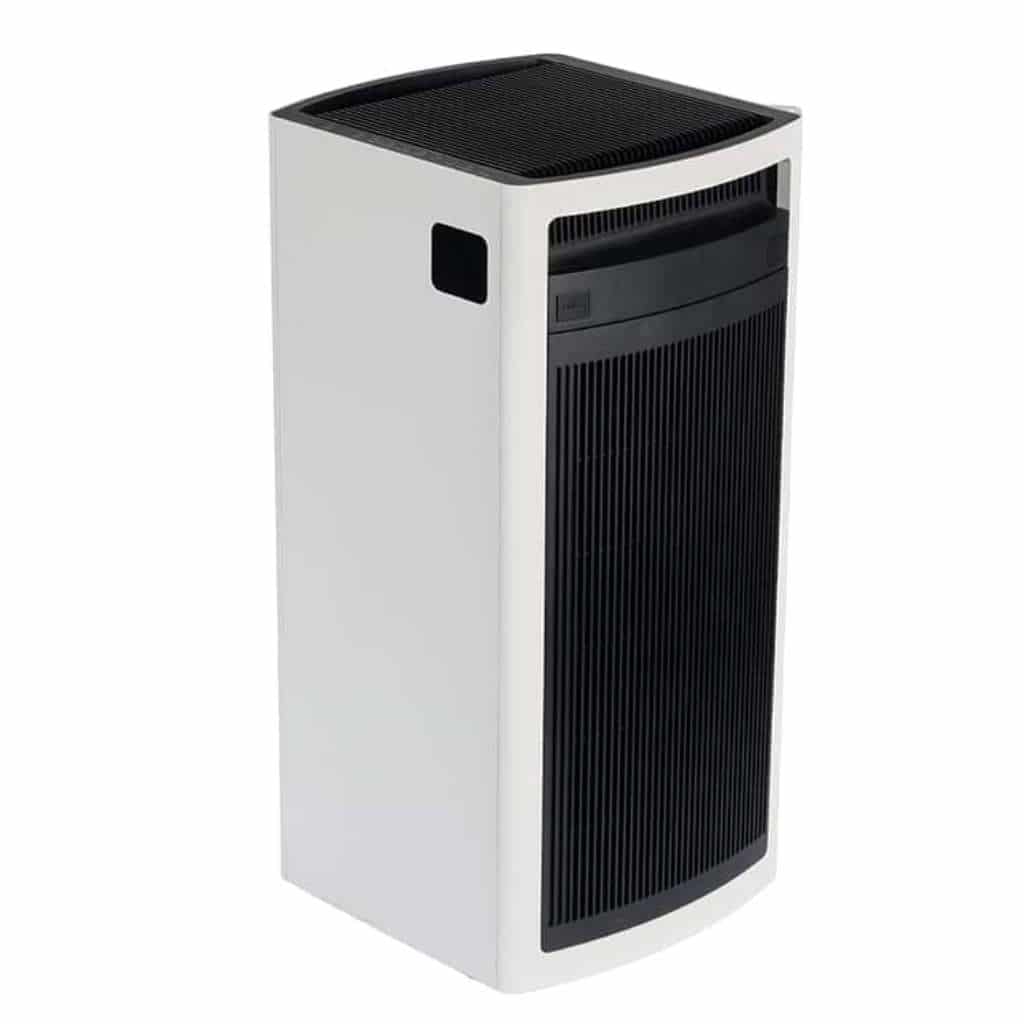
이미지 출처: HisoAir
히소에어 모델 HA-1601도 확인해 보세요. 이 장치는 원래 산업 및 상업용으로 설계되었습니다. 하지만 가정에서도 사용할 수 있어 알레르기를 유발하지 않습니다. 설계상 이 공기청정기는 다양한 유형의 공기 중 오염 물질을 제거하기 위한 모든 필수 필터를 갖추고 있습니다. 특정 냄새에 알레르기가 있는 경우 카본 필터가 도움이 될 수 있습니다.
물론 공기청정기는 인체공학적인 기기입니다. 사용자의 필요에 맞게 설정할 수 있는 간편한 컨트롤이 있습니다. 다른 히소에어 공기청정기와 마찬가지로 이 제품은 현대적인 외관을 가지고 있어 거실 공간에 놓아도 잘 어울립니다. 눈에 자극적이지 않다는 점도 이 공기청정기의 장점입니다.
| 장점 | 단점 |
|
|
제거 후 알레르기 두통을 예방하는 방법?
때때로 알레르기를 다루는 것은 좋지 않습니다. 따라서 처음부터 원인을 파악하는 것이 중요합니다. 예방이 치료보다 낫다는 속담이 있듯이 말입니다.
알레르기와 그에 수반되는 증상은 원인을 제거하지 않으면 결국 재발하게 됩니다. 공기청정기는 알레르기 유발 물질을 제거하는 데 많은 도움이 되지만, 원인을 제거하지 못하면 알레르기는 계속 남아 있게 됩니다.
따라서 알레르기의 원인을 파악하는 것이 중요합니다. 원인을 파악한 후에는 알레르기가 재발하지 않도록 필요한 조치를 취할 수 있습니다. 계절성 알레르기는 정기적인 집안 청소와 알레르기 방지 처리를 통해 대처할 수 있습니다. 반려동물 알레르기가 있다면 더 이상 동물을 입양하지 않는 것도 고려해볼 수 있습니다.
이 단계는 간단하지만 알레르기 증상을 완화하는 데 충분히 효과적입니다.
결론
여기에 나열된 모든 전략은 현재 겪고 있는 알레르기 증상을 최소화하는 데 도움이 될 것입니다. 그중에서도 공기청정기는 알레르기를 유발하는 일반적인 입자와 오염 물질을 제거할 수 있어 가장 효율적인 것으로 간주됩니다.
공기청정기에 관해서는 HisoAir의 규정을 신뢰해야 합니다. 후자는 의료용 공기청정기의 국제적인 브랜드입니다. 이 회사의 제품은 정부, 상업 및 주거 공간에서 일반적으로 사용됩니다. 방문하기 HisoAir 를 클릭하고 공기청정기에 대해 자세히 알아보세요.
다른 블로그도 확인해 보세요!


